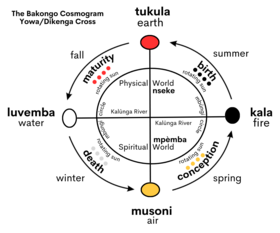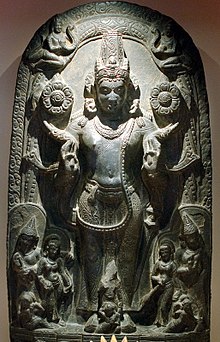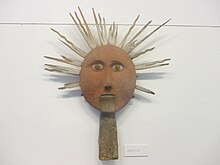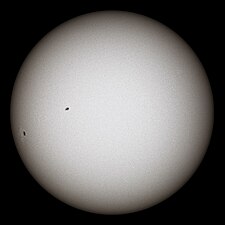African

Bakongo mythology
- Nzambi Mpungu, Kongo god of the Sun and creation
Bantu mythology
Berber/Amazigh mythology
Igbo mythology
Dahomey mythology
Egyptian mythology
- Amun, creator deity sometimes identified as a Sun god
- Aten, god of the Sun, the visible disc of the Sun
- Atum, the "finisher of the world" who represents the Sun as it sets
- Bast, cat goddess associated with the Sun
- Hathor, mother of Horus and Ra and goddess of the Sun
- Horus, god of the sky whose right eye was considered to be the Sun and his left the Moon
- Khepri, god of the rising Sun, creation and renewal of life
- Ptah, god of craftsmanship, the arts, and fertility, sometimes said to represent the Sun at night
- Ra, god of the Sun
- Sekhmet, goddess of war and of the Sun, sometimes also plagues and creator of the desert
- Sopdu, god of war and the scorching heat of the summer Sun
Zulu mythology
- uMvelinqangi, Xhosa and Zulu people's god of the Sun and sky
- iNyanga, Zulu people, goddess of the Moon
- Ukhulukhulwana, Zulu people's ancestor who came from the stars. He taught them to build huts and taught them the high laws of isiNtu




